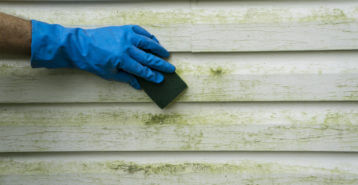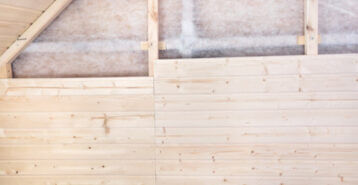How Much Does Siding Removal Cost?
Most homeowners pay about $1,500 for siding removal, with a typical range of $2,050 and $3,750 for non-hazardous materials like vinyl or wood. Your price changes with home size, access, local labor, and any repairs needed after tear-off. Hazardous materials such as asbestos cost more due to testing, permits, and specialized disposal.
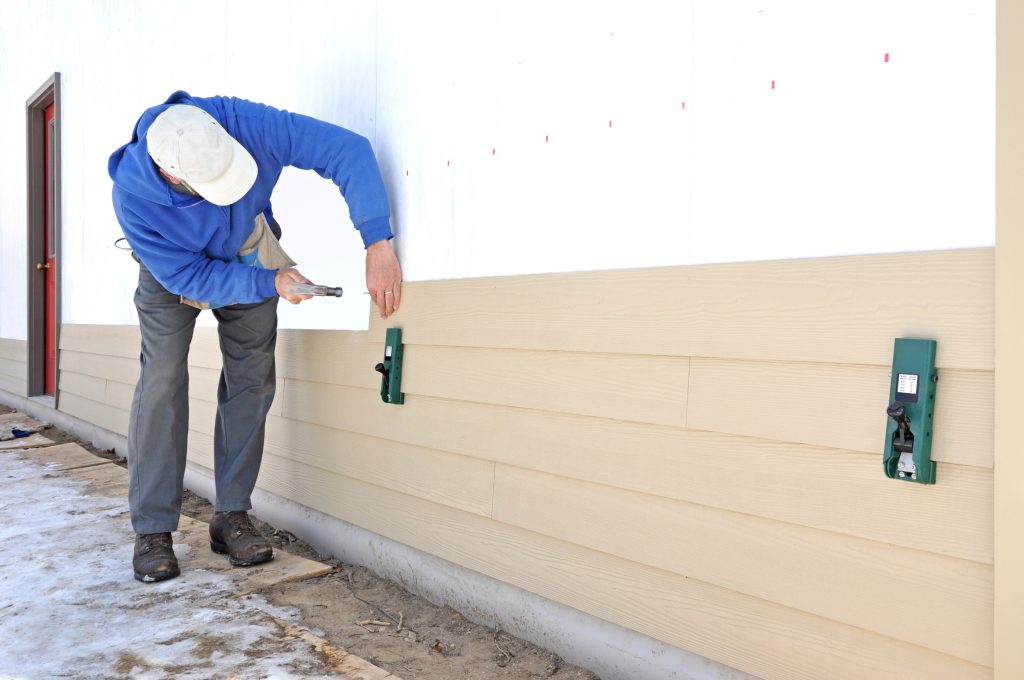
What Affects Siding Removal Costs?
- Home Size and Stories: More square footage and second stories add labor and safety setup.
- Material Type: Vinyl and wood are least expensive to remove. Asbestos requires licensed abatement.
- Access and Site Conditions: Tight lots, steep grades, and heavy landscaping slow the job.
- Disposal and Dump Fees: Costs vary by region and dumpster size.
- Repairs After Tear-Off: Rot, mold, or damaged sheathing can add materials and labor.
- DIY vs. Professional: DIY can save on labor but adds risk, time, and tool rentals. Pros include safety gear, debris handling, and insurance.
Ways to Save on Siding Removal Costs
- Bundle With Installation: Many contractors discount removal when they install new siding.
- Clear Access: Trim shrubs, move outdoor items, and create a staging area to reduce labor time.
- Right-Size the Dumpster: Match container size to your project to avoid extra hauls.
- Tackle Small Repairs Early: Fix minor issues during removal to prevent bigger costs later.
- Get Three Written Quotes: Compare scope, cleanup, and disposal so you are pricing the same work.
Step-By-Step Siding Removal Instructions
Siding removal usually follows these steps:
- Demolition: Carefully take off trim and panels, working one section at a time. Protect the weather barrier and note any soft spots or moisture damage.
- Cleanup: Collect nails and debris as you go. Use a magnetic pickup around the home’s perimeter and load trash into the designated dumpster.
- Preparation For New Siding: Inspect sheathing, repair any rot, replace damaged housewrap or flashing, and confirm clearances around windows, doors, and utilities.
Pro vs. DIY: Professionals bring the right tools, safety practices, and liability coverage. If you choose DIY for non-hazardous siding, work slowly, wear proper protective gear, keep the weather barrier intact, and follow local rules for disposal.
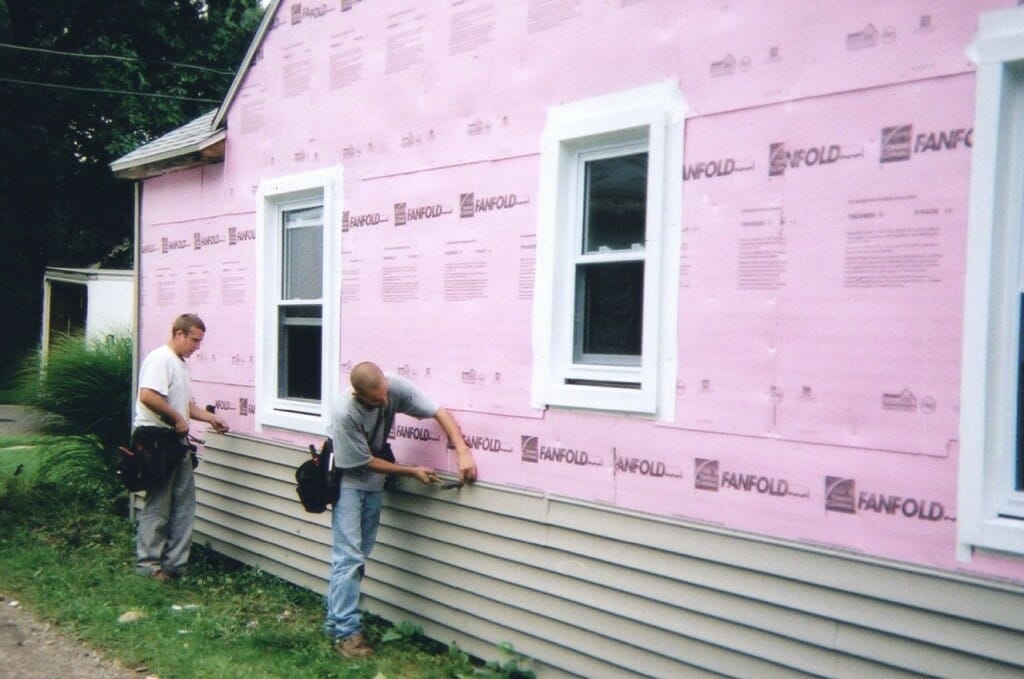
Asbestos Siding Removal
If your home may contain asbestos siding, do not DIY. Hire a licensed abatement contractor to test, remove, and dispose of materials. Expect higher costs for permits, protective equipment, containment, and approved landfills. Ask about the plan for sealing work areas and final air clearance.
Wood Siding
For wood siding removal, pros remove exterior trim, then pry boards or shakes while protecting the sheathing. Plan for spot repairs to sheathing, housewrap, and flashing. DIYers should use eye protection, gloves, and a dust mask, and work with pry bars, a cat’s paw, and a magnetic nail pickup. Separate wood and metal for easier recycling and disposal.
Vinyl Siding
Vinyl panels unzip from each other. Contractors use a zip tool to release the laps, then pull nails from the nailing hem. Keep housewrap intact and check for moisture damage. DIY is possible for experienced homeowners, but be careful with sharp edges, falling fasteners, and heavy stacks of panels. Incorrect removal can damage the weather barrier and cause leaks.
How to Know if It’s Time to Replace Siding
Replace siding if you see:
- Rot
- Warping
- Widespread cracking
- Loose or missing panels
- Recurring mold and mildew
Rising energy bills, indoor drafts, or water stains also suggest envelope problems. If you still have asbestos siding, speak with a pro about safer alternatives. New siding can improve protection, comfort, and curb appeal before listing your home.
Frequently Asked Questions
Can I remove siding myself?
Yes, for non-hazardous materials like vinyl or wood if you are experienced and have the right tools. Hire a pro for multi-story homes, complex conditions, or any suspected asbestos.
How do you dispose of old siding?
Contractors usually include a dumpster and landfill fees. DIYers should contact local waste services for rules. Asbestos siding must go through licensed abatement and an approved facility.
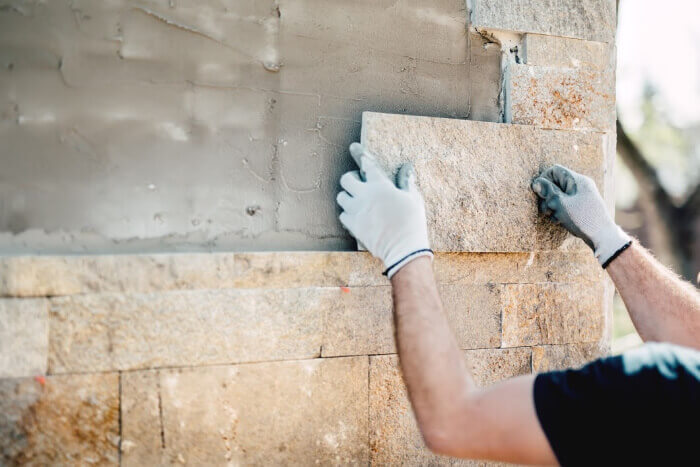
Is it worth it to replace old siding on a house?
Often, yes. New siding improves weather protection, energy efficiency, and curb appeal, which can support resale value.
Do I need a permit for siding removal?
Many areas require permits for exterior cladding work and for dumpsters placed on the street. Contractors typically handle permits. DIYers should check with the local building department.
What tool is used to remove siding?
Pry bars, flat bars, nail pullers, and a siding zip tool for vinyl. Use gloves, eye protection, and sturdy footwear.
Conclusion: Finding the Right Siding Removal Contractor
Siding removal is noisy, messy, and sometimes hazardous. A qualified contractor will manage safety, protect your home, handle disposal, and flag repairs before new siding goes on. Get at least three written estimates that spell out scope, cleanup, and disposal. Choose the pro that provides clear communication, proof of insurance, and a schedule that fits your project.
Compare top-rated siding pros in your area.
Read real homeowner reviews, explore qualifications, and view promotions. Modernize makes it easy to browse professionals and find one that will be perfect for your project.




